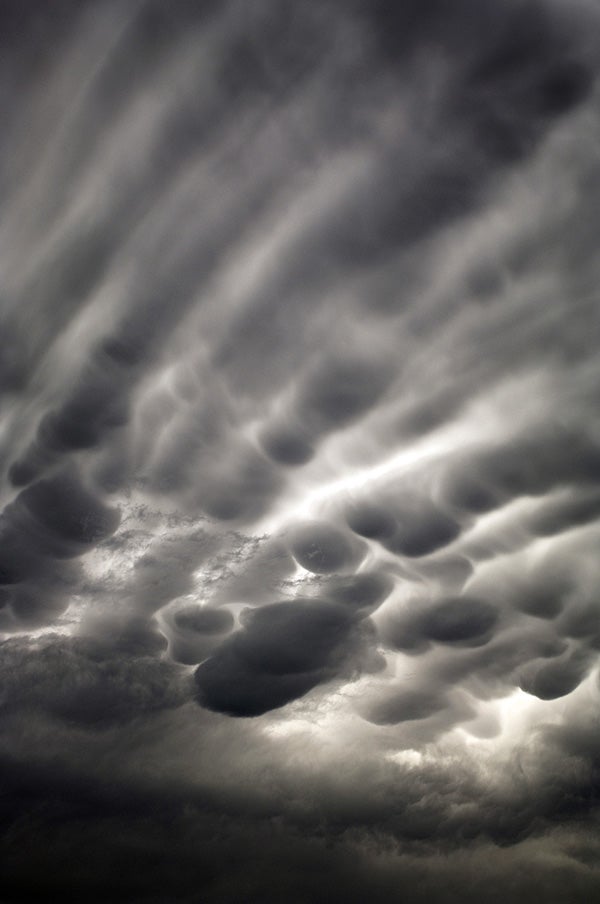
“Stars shoot and meteors glare oftener across the valley than in any other part of the country …” — Washington Irving, “The Legend of Sleepy Hollow,” 1820
With these words, from the opening salvo of the great short story “The Legend of Sleepy Hollow,” Washington Irving described the amazing sky visible from the eastern shore of the Hudson River in his fictional tale. First published in 1820, the harrowing story of Ichabod Crane and the Headless Horseman is one of the finest examples of early American literature, and it remains popular to this day.
But stars don’t shoot and meteors (which do shoot) glare only for an instant, as the dust particles create incandescent columns of air as they travel through Earth’s upper atmosphere. After living in this area for many years, Irving may have truly believed that the Hudson Valley had the best sky in the United States. Although today we know that a bright meteor can illuminate any spot in a clear sky, we still give Irving the benefit of the doubt, and assume he and his fictional Crane probably had an unparalleled view of the night sky.
Almost 200 years later, the Hudson Valley sky is not nearly as dark, but in order to inspire students to look at and enjoy it, I’m helping teach two courses at Mercy College, in Dobbs Ferry, New York. One is a basic astronomy course, and the other explores the relationships among the night sky, music, and literature — a topic close to my heart. One evening, I was simply trying to get the students under a clear sky to look through a telescope. As it turns out, most of them had never even looked at a telescope. The excursion had three goals: (1) to introduce the students to a scope, (2) to help them use one to observe nighttime objects, and (3) to get the students comfortable doing so.
In the hours before dark rolled in, I began by quoting the opening of “The Legend of Sleepy Hollow” before presenting a brief slide show about the Moon, with the gentle strains of Beethoven’s Moonlight Sonata playing in the background. Finally, we were ready to venture outdoors, to darkness and a cloudy sky.
I pointed Athena — Mercy College’s 6-inch Maksutov-Newtonian reflector — at a distant landmark, and then to an even more distant sign. The students were amazed at this — most of them had no clue of the sign’s existence. What could this telescope do for an object in the sky? The session left them excited and wanting more.
With online courses, it can be hard to tell if anyone’s making any progress. Because the students proceed at their own pace, evaluating any growth is problematic. However, it wasn’t hard to assess the enthusiasm of these young people as they stood outdoors, watching the clouds. “Patience is an important virtue for anyone with an interest in the night sky,” I told them. Waiting for the sky to clear, at least a little, takes fortitude. On this night, we waited and waited, but as the cloud deck grew thicker, we had to give up.
So how could anyone possibly call this cloudy, starless night a success? Because we succeeded in each of our goals. The students did get to use a telescope, many of them for the first time. They did use the telescope to observe distant nighttime objects — not celestial objects, to be sure, but legitimate objects nonetheless. And they did get comfortable using a telescope, which was the final primary goal.
This isn’t the first time I’ve enjoyed a cloudy or starless observing session. One of my favorites occurred as I tried to slide a Questar telescope through security at England’s Heathrow Airport. When the guard inquired if she could look through the instrument, I set up the telescope on a table and trained it on a distant wall. The other guards began gathering around excitedly, and thus a security check turned into a terrific educational moment. I doubt that these people will ever forget their look through that telescope.
Rain usually makes it necessary to cancel an observing session, but when it comes to young people, a cloudy sky does not invariably lead to failure. It is on such a night that someone can look through a telescope, spot some distant sign or tree, and get hooked on the magic, and potential, that only a telescope can bring.









